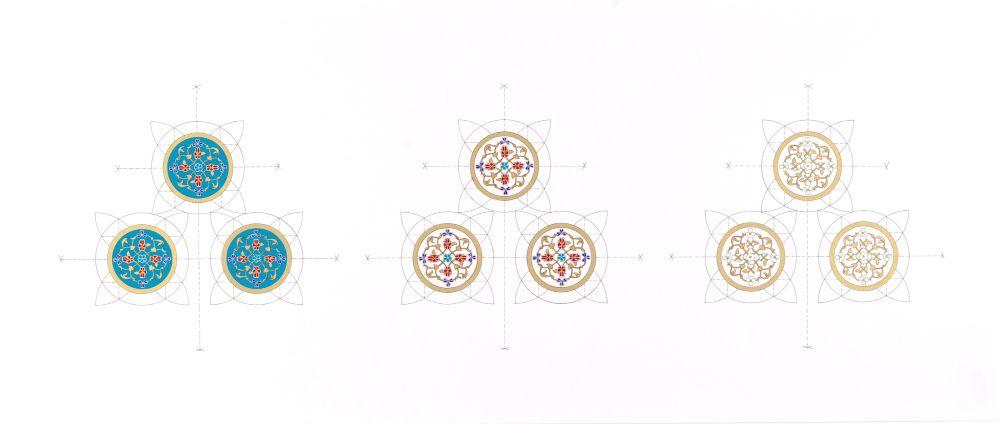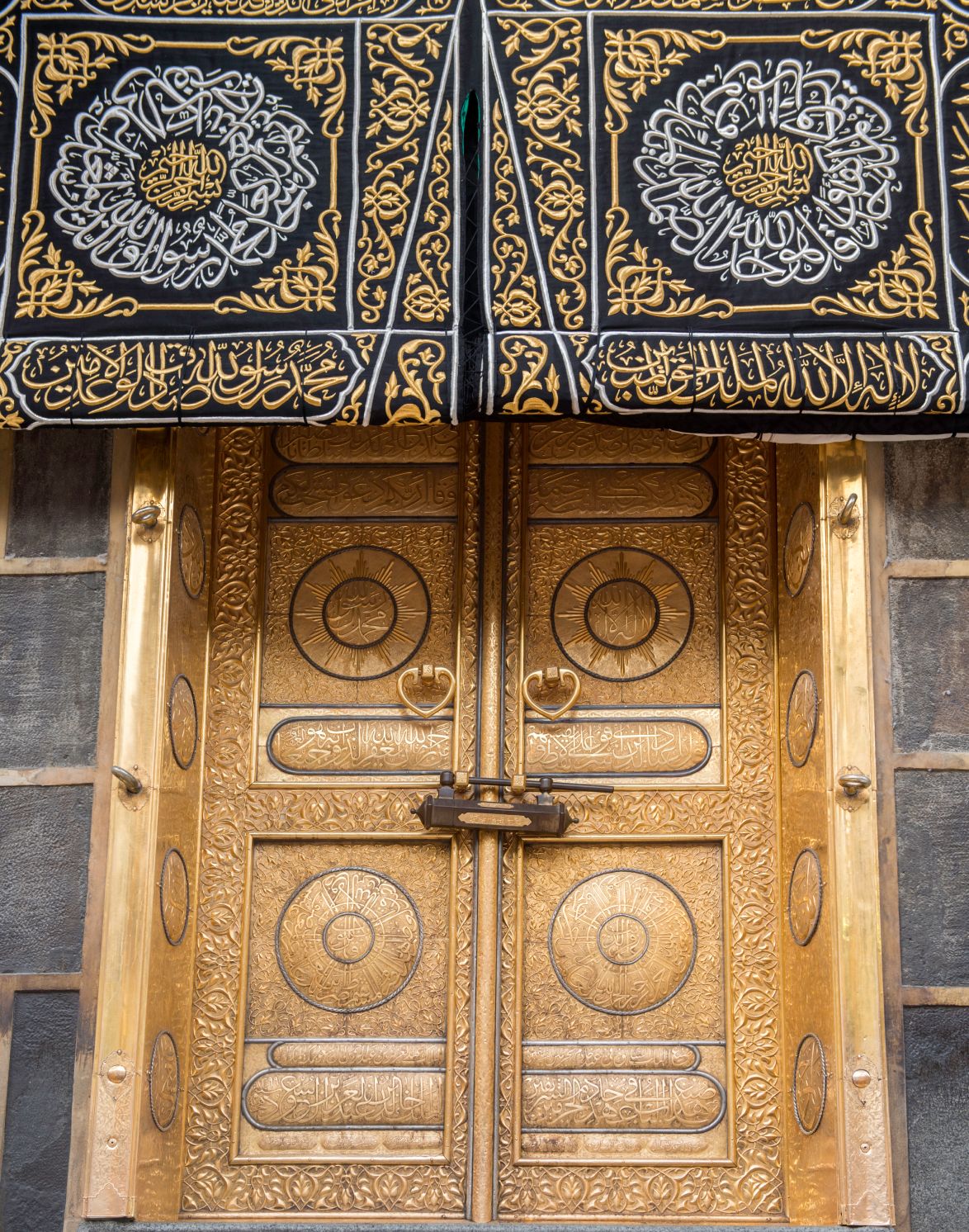A Mask of Mystery
Funerary Mask 1st century AD Gold H.17.5 cm; W.13 cm Thaj, Tell al-Zayer National Museum, Riyadh, 2061.
A golden mask. A golden glove. Gold engraved with precious stones, intricate jewelry, and convex gold buttons and foils were just some of the things buried with what is believed, a very special little girl around six years old, in a tomb now famously known as ‘The Tomb of Thaj.’ Her final resting place surrounded by round gold foils, this precious child’s face was covered with a shiny gold mask, depicting simple facial features. From bracelets to necklaces and a golden waist belt, a single golden glove lay on her chest. Who is this golden child? And what happened to her? Was she a princess? Or a child from an important tribe of the time? What made her unique? Ancient tombs of important figures would be buried with gold as gold then, and today, is eternal and timeless.
Gold is believed by ancient Egyptians to be the ‘flesh of gods’ as it didn’t wither away. The depictions of Zeus and Artemis and other motifs in the artifacts in the Thaj burial indicate that this particular burial dates to the Hellenistic period in Arabia about 2,000 years ago. Around this time, Arabia was part of the trade routes of the Mediterranean world, where incense from South Arabia was traded along these routes and passed through Thaj. It is believed that through this lucrative trade, this particular family had enough wealth to be able to afford such luxurious objects to be buried with their beloved little one. Gold until today, is the gift of loved ones to each other, and one that lasts beyond one’s lifetime.

Glove 1st century AD Gold L. 15 cm; W. 4.5 cm Thaj, Tell al-Zayer
National Museum, Riyadh, 2063.

Necklace with a cameo face pendant 1st century AD Gold, pearls, turquoise, ruby L. 38.5 cm; Diam.disc: 5 cm Thaj, Tell al-Zayer
National Museum, Riyadh, 2059.

Gold Foils 1st century AD Gold Diam.c. 3.5 cm Thaj, Tell al-Zayer National Museum, Riyadh, 7/2534 and 2/2534.


